CONTACTAbout UsCAREER OPPORTUNITIESADVERTISE WITH USPRIVACY POLICYPRIVACY PREFERENCESTERMS OF USELEGAL NOTICE
© 2025 Equal Entertainment LLC.
All Rights reserved
All Rights reserved
By continuing to use our site, you agree to our Privacy Policy and Terms of Use.
We need your help
Your support makes The Advocate's original LGBTQ+ reporting possible. Become a member today to help us continue this work.
Your support makes The Advocate's original LGBTQ+ reporting possible. Become a member today to help us continue this work.
When two 11-year-old boys died by suicide in April of this year after enduring relentless antigay bullying at their separate schools, shocked citizens across the country were forced to come to terms with an uncomfortable but blatant epidemic. The hallways of schools, homes, churches, and other places where all young people should be able to safely learn and grow are plagued with its tragic prevalence. Youths who identify as or are perceived to be lesbian, gay, bisexual, transgender, or questioning struggle with depression and thoughts of suicide at a disproportionately high rate as a result of the increased risk factors sexual minorities face.
A new study released in August by the UCLA School of Public Health found that LGBT people are twice as likely as heterosexual men and women to seek help from mental health professionals. This recently revealed conclusion perfectly illustrates the already often-noted statistic determined by a Massachusetts Youth Risk Behavior Survey published in 2007: LGBTQ youths are up to four times more likely to attempt suicide than their heterosexual peers -- a fact we're all too familiar with at the Trevor Project. Perhaps more off-putting than this distressing statistic is that only 14 states even bother to collect sexual orientation data in their Youth Risk Behavior Surveys. The remaining 72% of states ignore the opportunity to obtain vital information about a subculture of young people who are already all too often left without the support networks and resources they desperately need. As disheartening stories such as Carl Walker-Hoover's and Jaheem Herrera's (the two 11-year-old boys) surface more frequently, the harsh realities force us to address the preventable nature of these tragedies.
This week, we recognize National Suicide Prevention Week, and are reminded that when young people have a safe place or person to turn to in times of crisis, suicide is preventable. In fact, a 2006 survey released in "Psychology in the Schools" found that sexual-minority adolescents who believed they had one school staff member with whom they could discuss problems were one third as likely as those without such support to report making multiple suicide attempts. Lower victimization rates and suicidality among sexual-minority youths have also been linked with supportive resources such as the availability of nonacademic counseling, anti-bullying policies, and peer support groups. Therefore, we know that when we foster safe and accepting environments to begin with, and effectively intervene when warning signs arise, we can absolutely empower young people to live.
The logistical process of ensuring that all young people, regardless of their sexual orientation or gender identity, remain safe and have access to the mental health resources they need can seem intimidating to parents, teachers, and concerned friends. Yet, reaching out to youths and alerting them that resources exist is the simplest and most important step.
Call volume to the Trevor Project's helpline reached an all-time high this summer. In the month of July alone, nearly 2,700 calls were fielded from despondent youths across the country. Nine of those callers required emergency "rescue" services to be deployed for help. But we know that despite this recent influx in calls, the tremendous need has always existed. The difference is that more young people know about our helpline now. For a parent, teacher, friend, or peer to reach out and tell someone who is struggling about our services is so simple, but it is a gesture often overlooked.
The broader steps to preventing suicide among all youths require people and communities to advocate for the safer, more inclusive environments they need. We must push for local and federal policies and mandates that provide young people with access to appropriate resources and educate them about suicide prevention and the potentially life-threatening impacts of language and behavior.
One such policy, California's Minor Mental Health Consent Bill, can (if passed) potentially demolish the roadblocks that prevent youths from accessing the mental health treatment they need. In April, more than 200 young Californians gathered at the state Capitol during Queer Youth Advocacy Day to educate lawmakers about why this bill is important and why they count on their own communities and elected officials to support such legislation. On a national level, the Safe Schools Improvement Act, which the Trevor Project and a stream of other national organizations support, could potentially give schools the final push they need to implement anti-bullying policies and prevention programs that protect all students.
National Suicide Prevention Week will come and go this year. Unfortunately, for many LGBTQ young people, thoughts of depression and feelings of isolation and helplessness or hopelessness will not. As they yearn to simply be accepted and supported, we must advocate for places, programs, and policies that prioritize their safety and well-being.
From our Sponsors
Most Popular
Bizarre Epstein files reference to Trump, Putin, and oral sex with ‘Bubba’ draws scrutiny in Congress
November 14 2025 4:08 PM
True
Jeffrey Epstein’s brother says the ‘Bubba’ mentioned in Trump oral sex email is not Bill Clinton
November 16 2025 9:15 AM
True
Watch Now: Pride Today
Latest Stories
7 times Pete Hegseth was the definition of toxic masculinity
December 02 2025 5:46 PM
Man pleads guilty to murder of gay University of Mississippi student Jimmie 'Jay' Lee
December 02 2025 2:32 PM
Florida man partially paralyzed after neighbor allegedly shot him and used anti-LGBTQ+ slurs
December 02 2025 1:30 PM
Queer comedian Cameron Esposito has first baby with wife Katy Nishimoto
December 02 2025 12:49 PM
Trans National Guard employee in Illinois sues Trump over restroom ban
December 02 2025 11:59 AM
Oklahoma University instructor suspended for failing student’s unscientific anti-trans psychology essay
December 02 2025 11:03 AM
Here are all of Trump's political enemies that have been charged or investigated (so far)
December 02 2025 9:52 AM
Joe Biden to receive top honor at LGBTQ+ leadership conference for his contributions to equality
December 02 2025 6:00 AM
On World AIDS Day, thinking of progress and how to build on it in the face of hostility
December 01 2025 7:47 PM
Ex-Biden White House aide called out for implying Cory Booker’s new marriage is suspicious
December 01 2025 6:04 PM
True








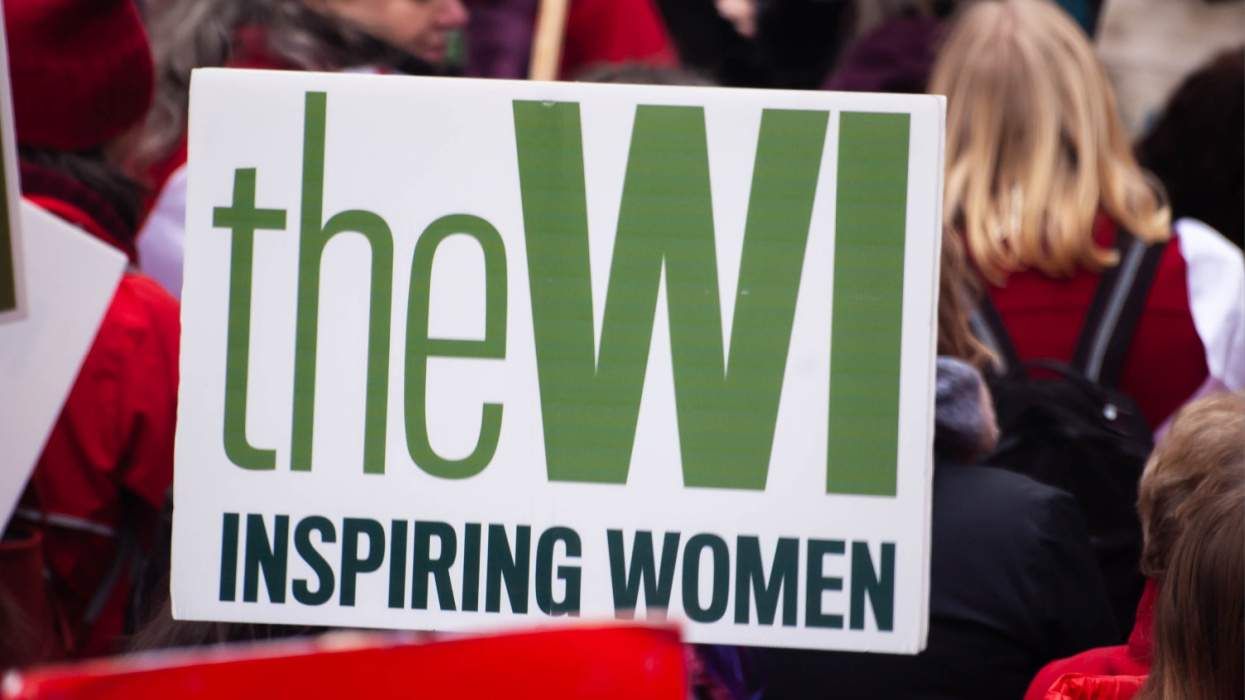


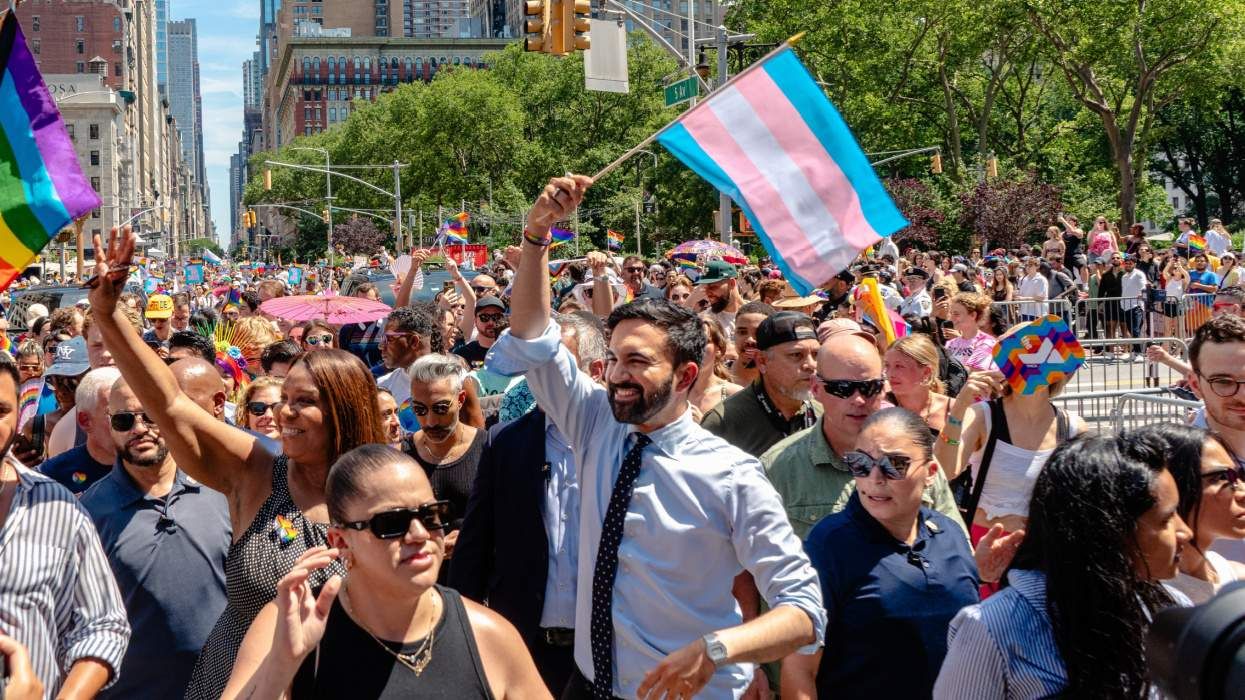
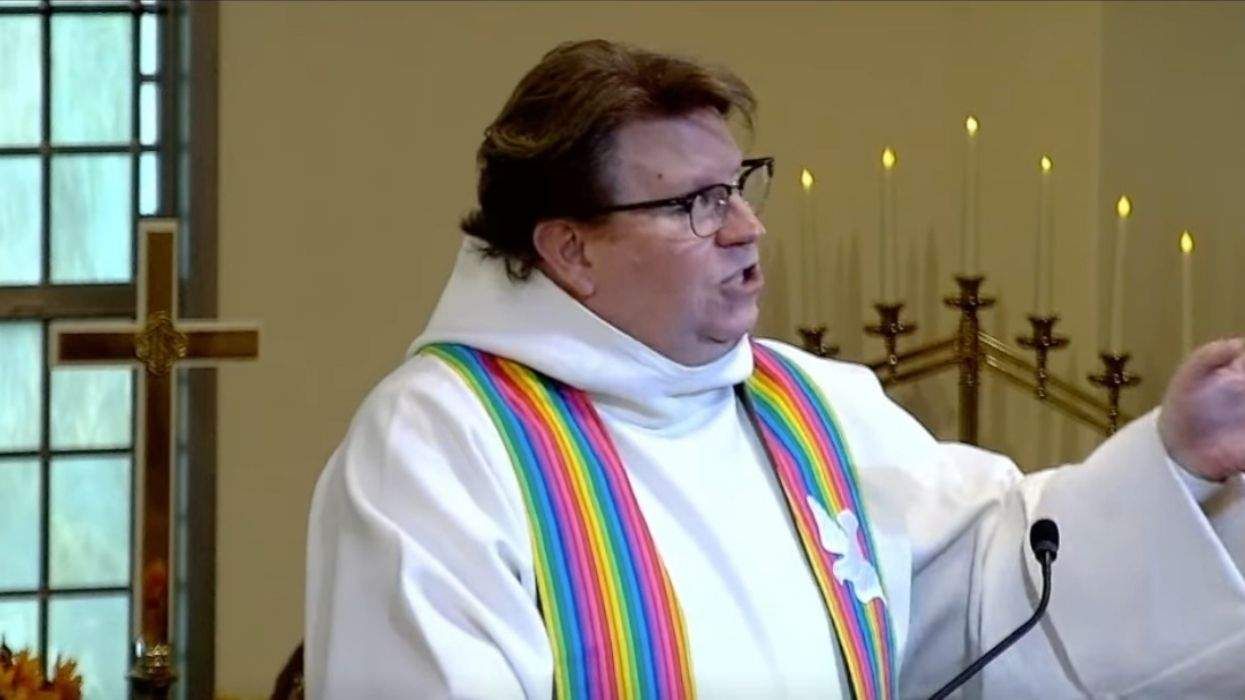
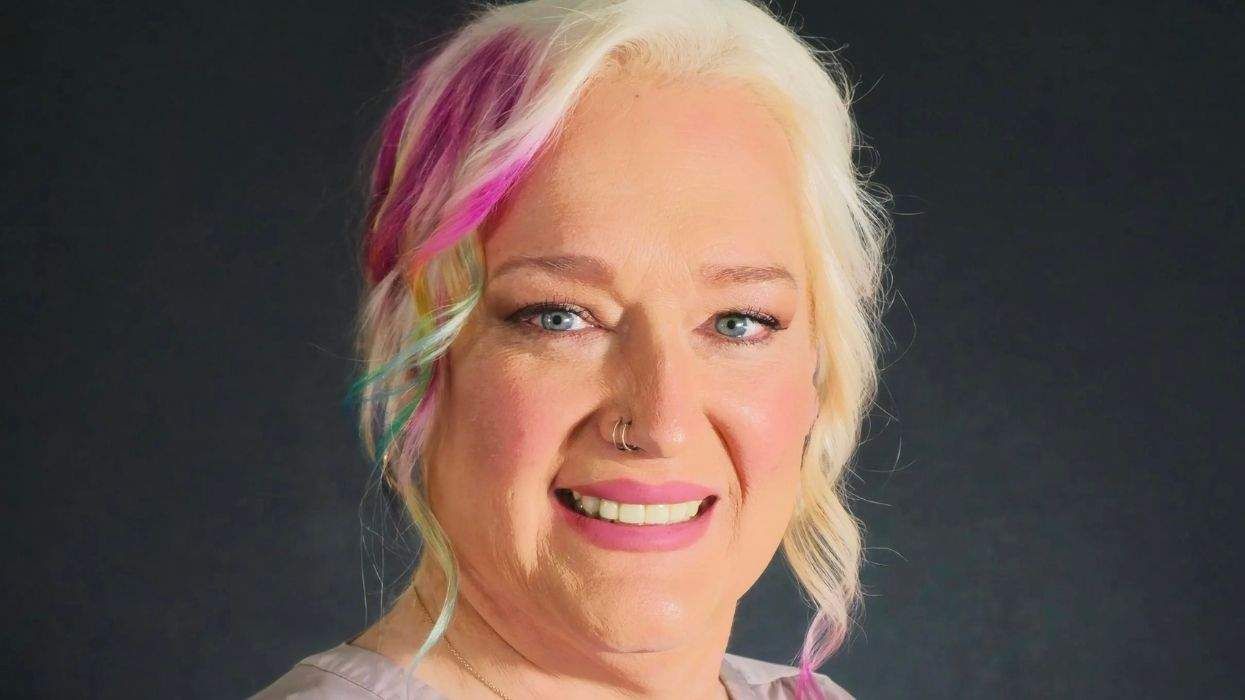
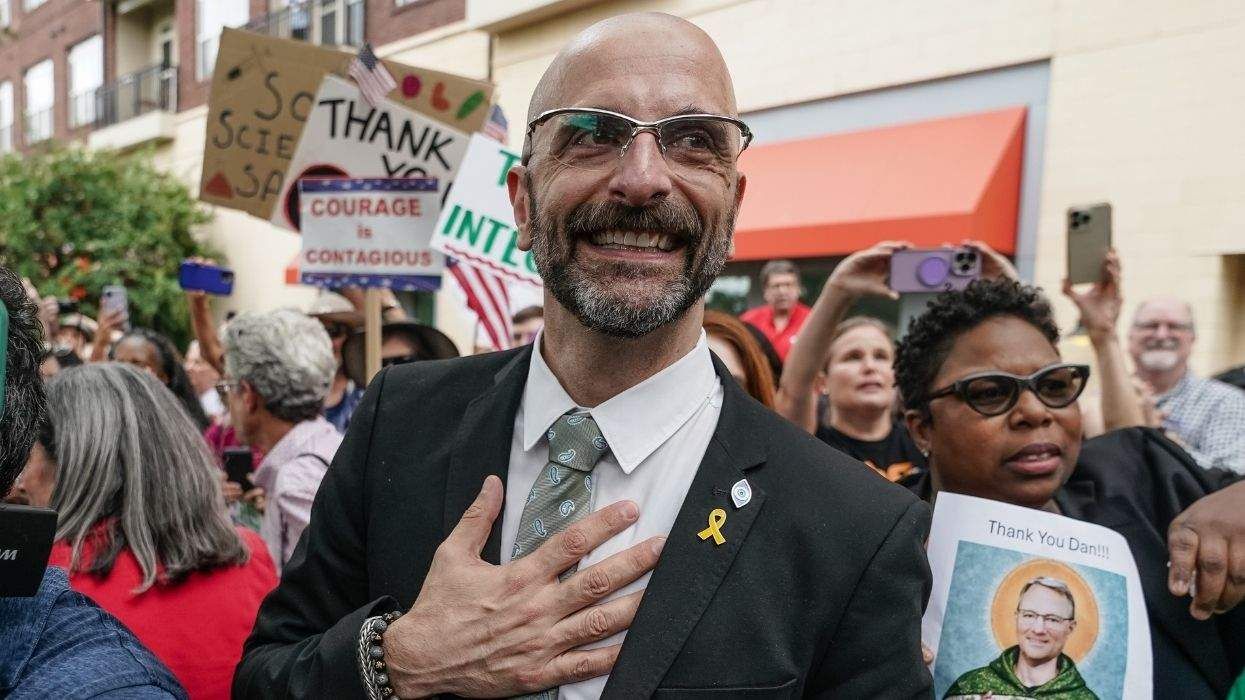

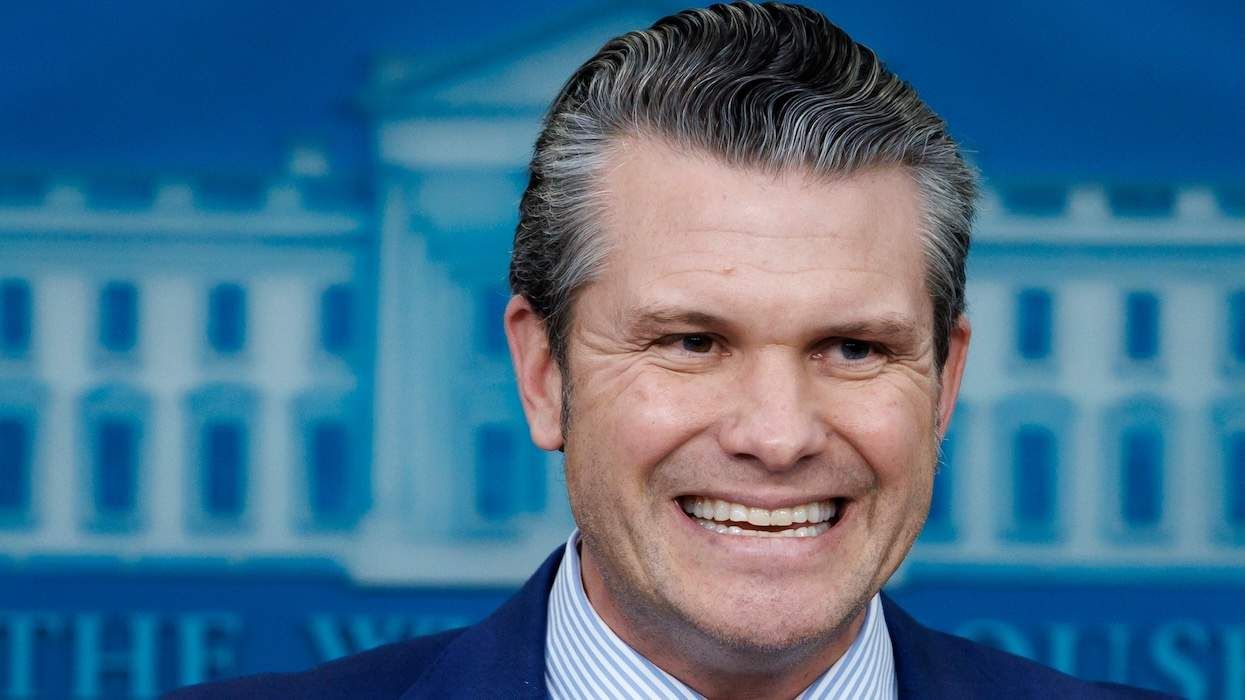
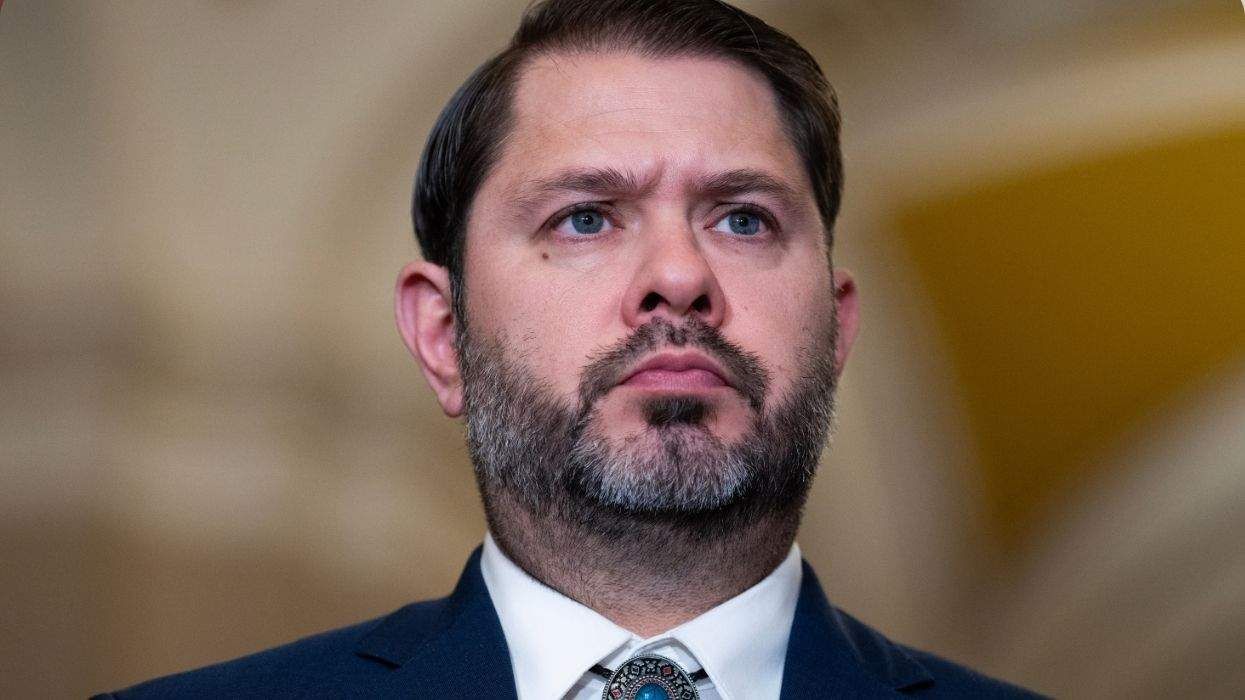

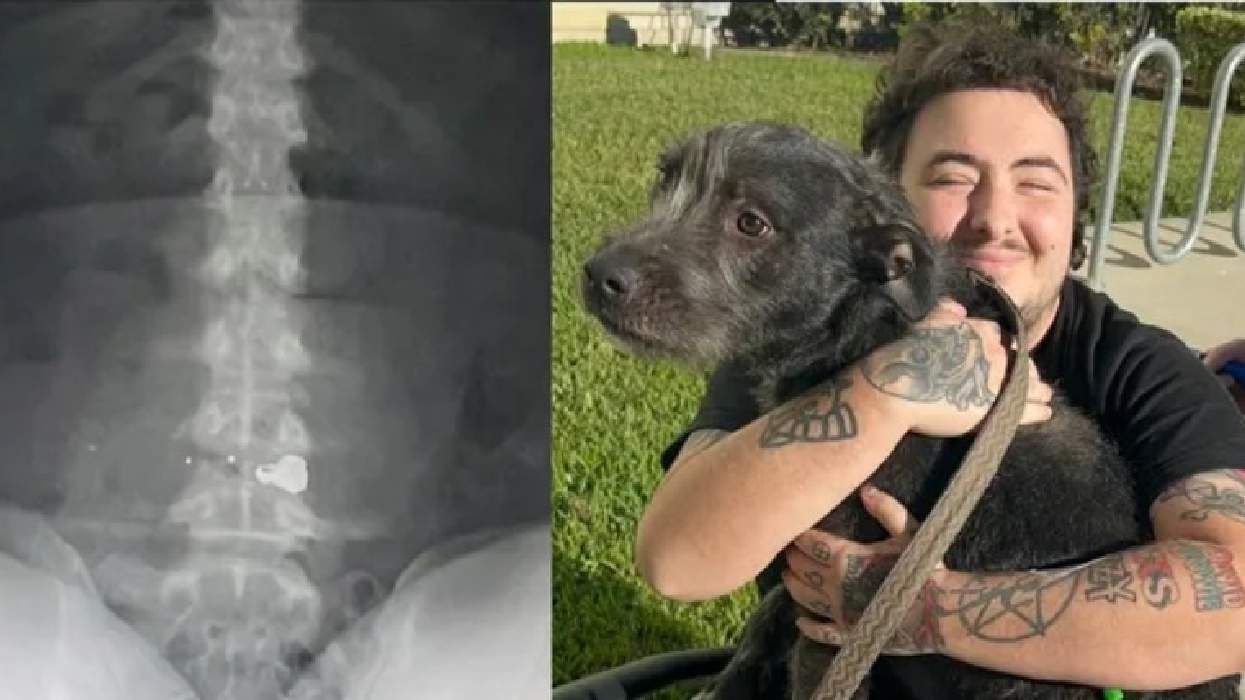

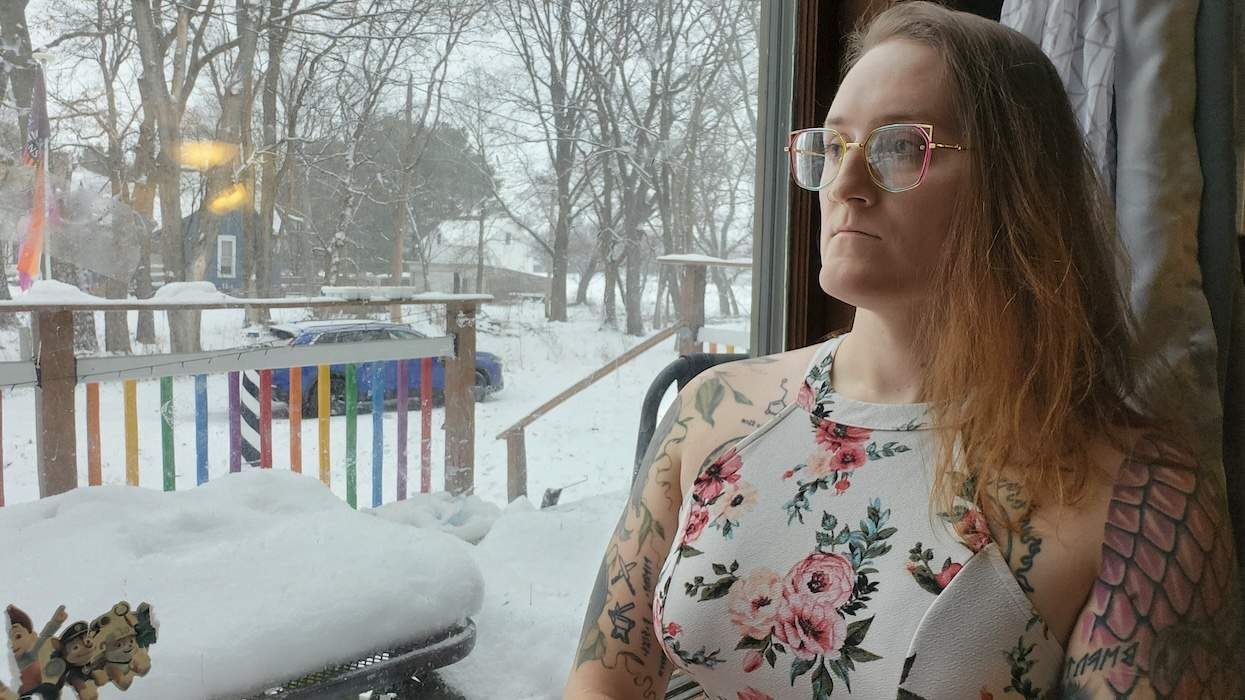

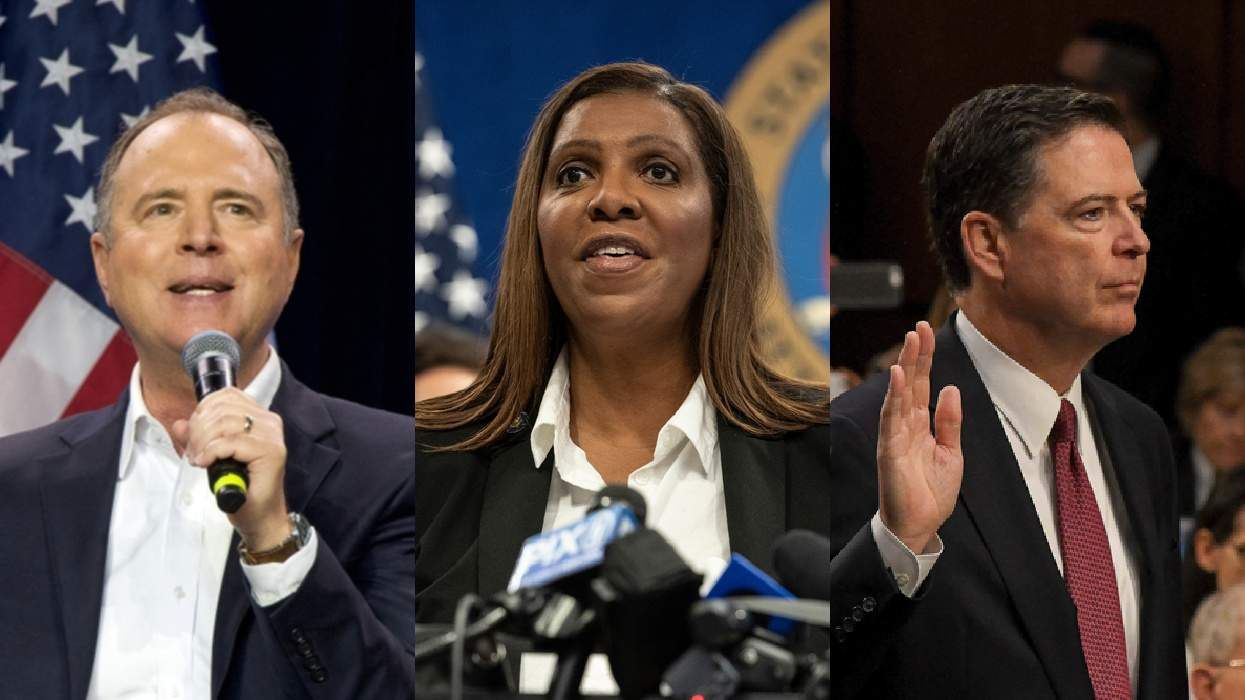
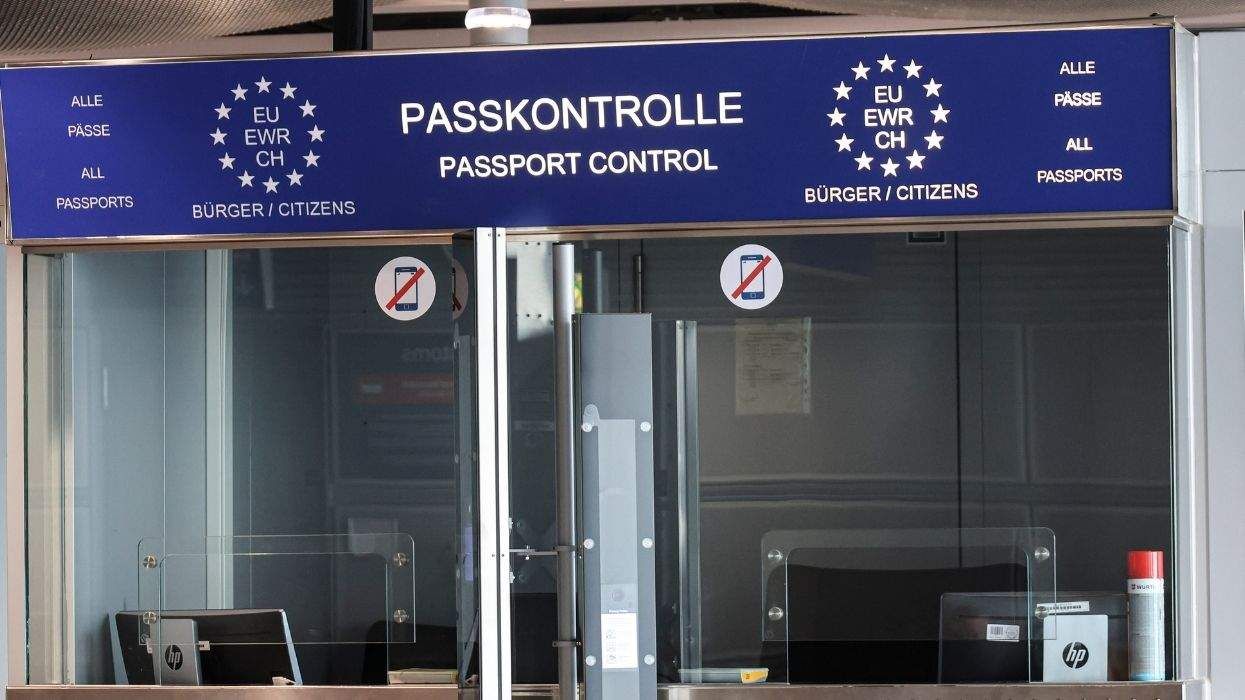
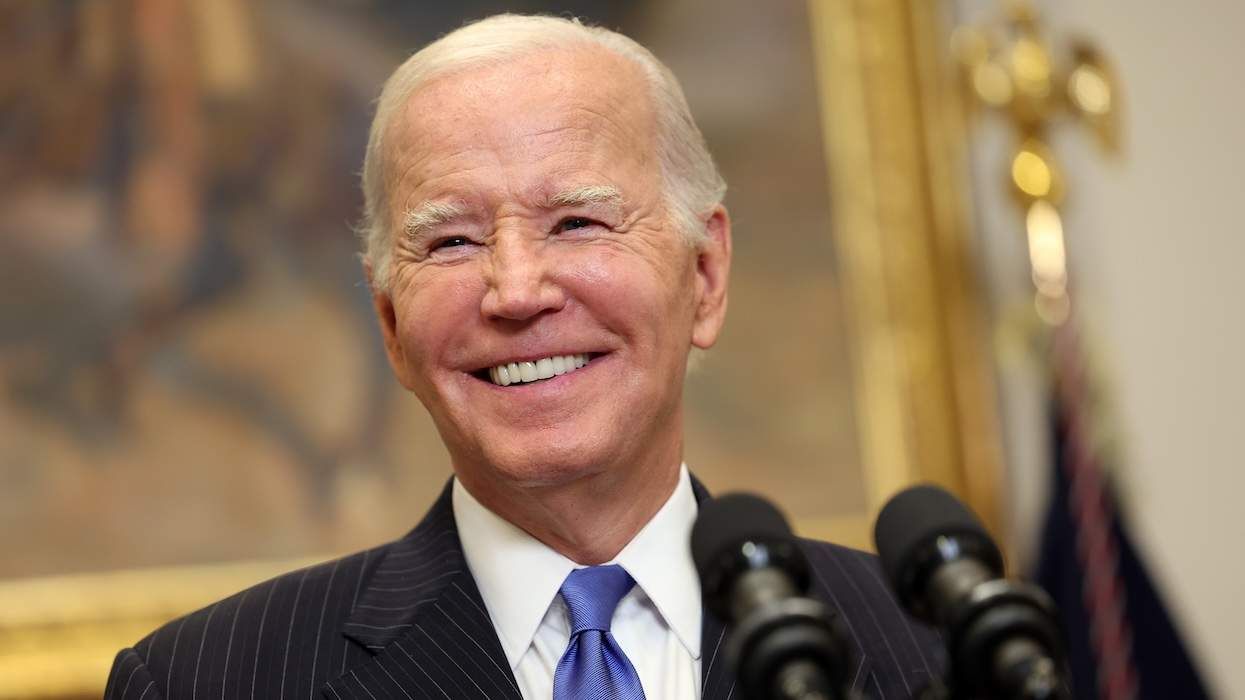
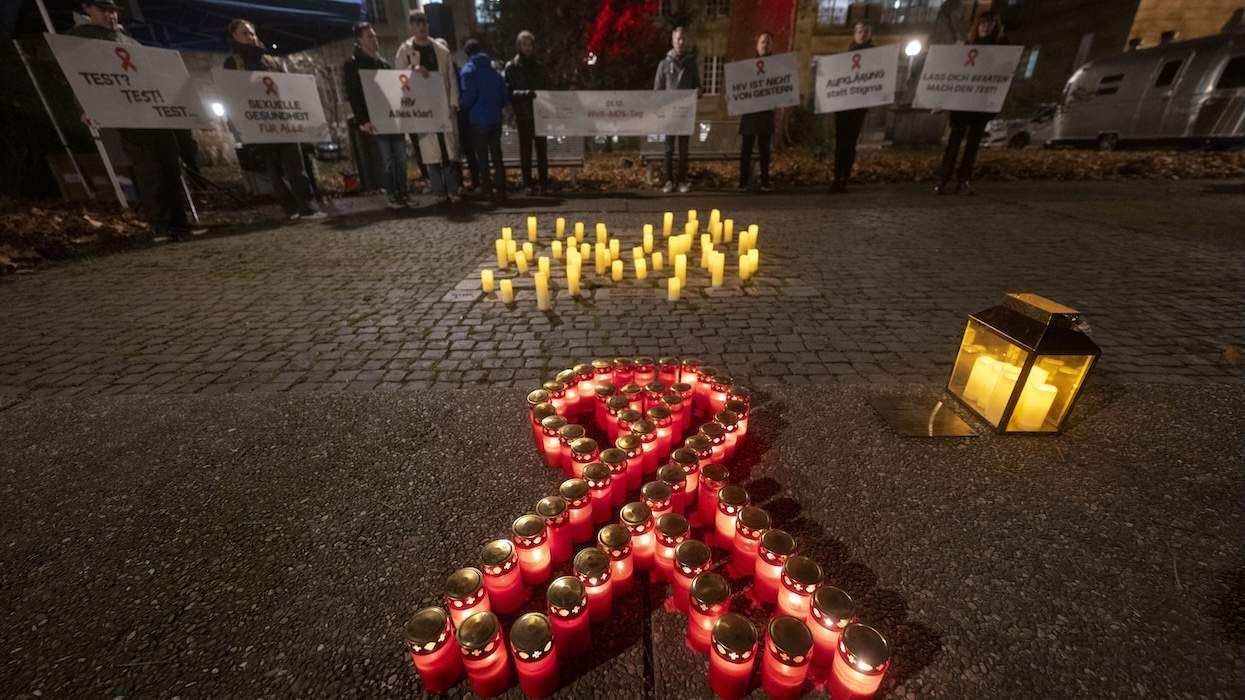
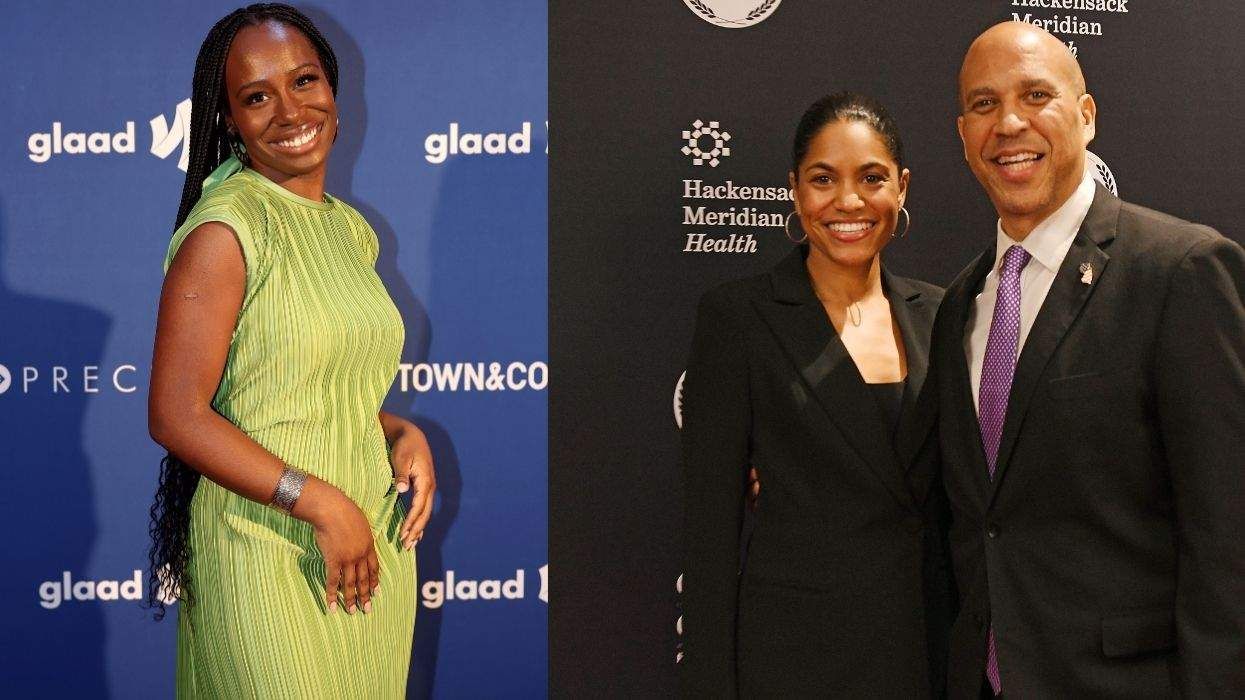








































Charlie Kirk DID say stoning gay people was the 'perfect law' — and these other heinous quotes